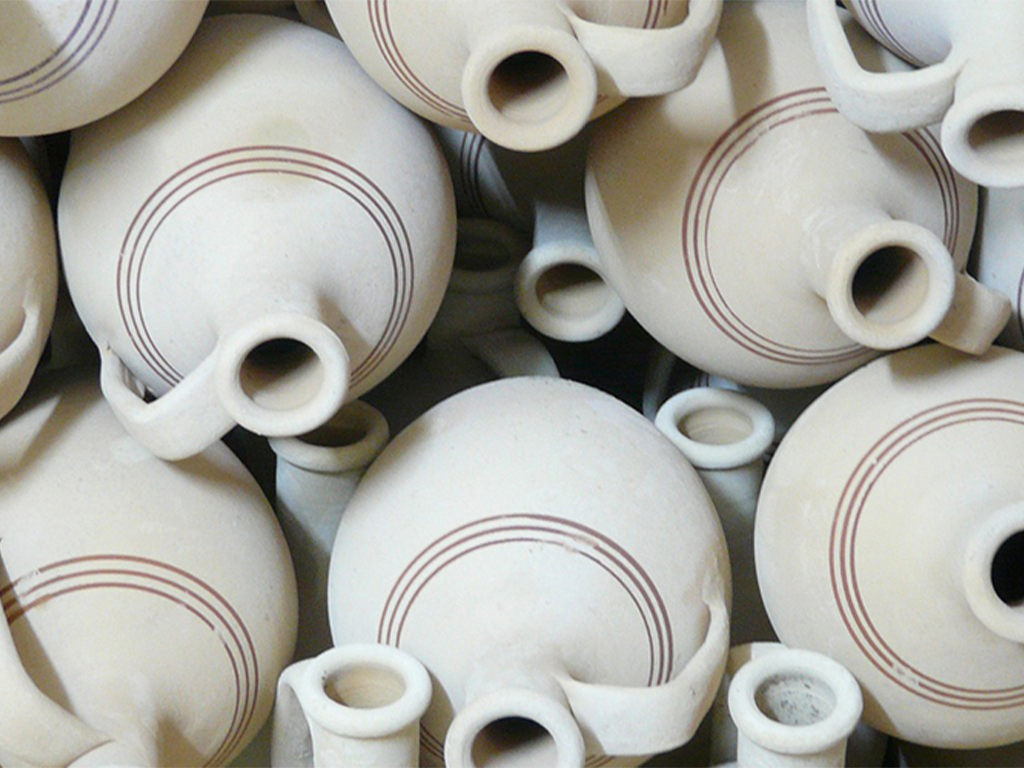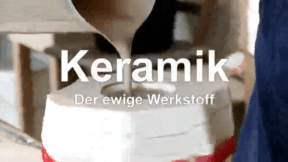 History
History


46500898 / 55500654
Celts
History and Culture
The term “Celts“ refers to a great number of different ethnic groups. So we do not speak of one “Celtic people”, at any rate not according to modern ethnic criteria, but rather of tribes within the circle of Celtic culture. The so-called Celts were organised in tribes – and there were hundreds of them. Although tribal alliances were formed time and again in the course of history, they often waged war among each other. Presumably, the term Celts was only a collective name used in ancient Mediterranean cultures for geographically widely dispersed tribes north of the Alps with similar languages, religions and customs. The culture of the Celts is commonly considered nonliterate. It is presumed that they never developed a writing of their own and used letters of other cultures. As the few existing Celtic inscriptions have been almost untranslatable up to now, our knowledge of Celtic culture is derived from Greek and Roman authors – and they were hardly flattering because they saw the Celts and also other tribes or peoples from the point of view of their own culture which they deemed far superior and more civilised.
Play trailer

Curriculum-centred and oriented towards educational standards
Matching
Ceramic
Ceramics are indispensable in our everyday lives. We eat from ceramic plates, drink from ceramic cups, use tiled ceramic bathrooms. But how is ceramic manufactured? The film reveals the secrets of this fascinating material! We get to know more about the beginnings of ceramic in the Old World of Egypt and Mesopotamia, about Greece, China and Rome. We gain interesting insights into the valuable earthenware and are also shown the exquisite further development of the "white gold". Today this versatile material is irreplaceable in industry, too. Whether in space or as an easily compatible substitute in medicine, ceramic is applied in many places.









